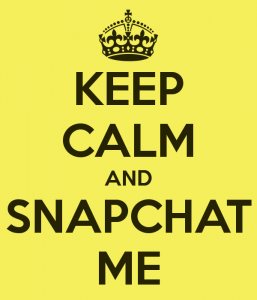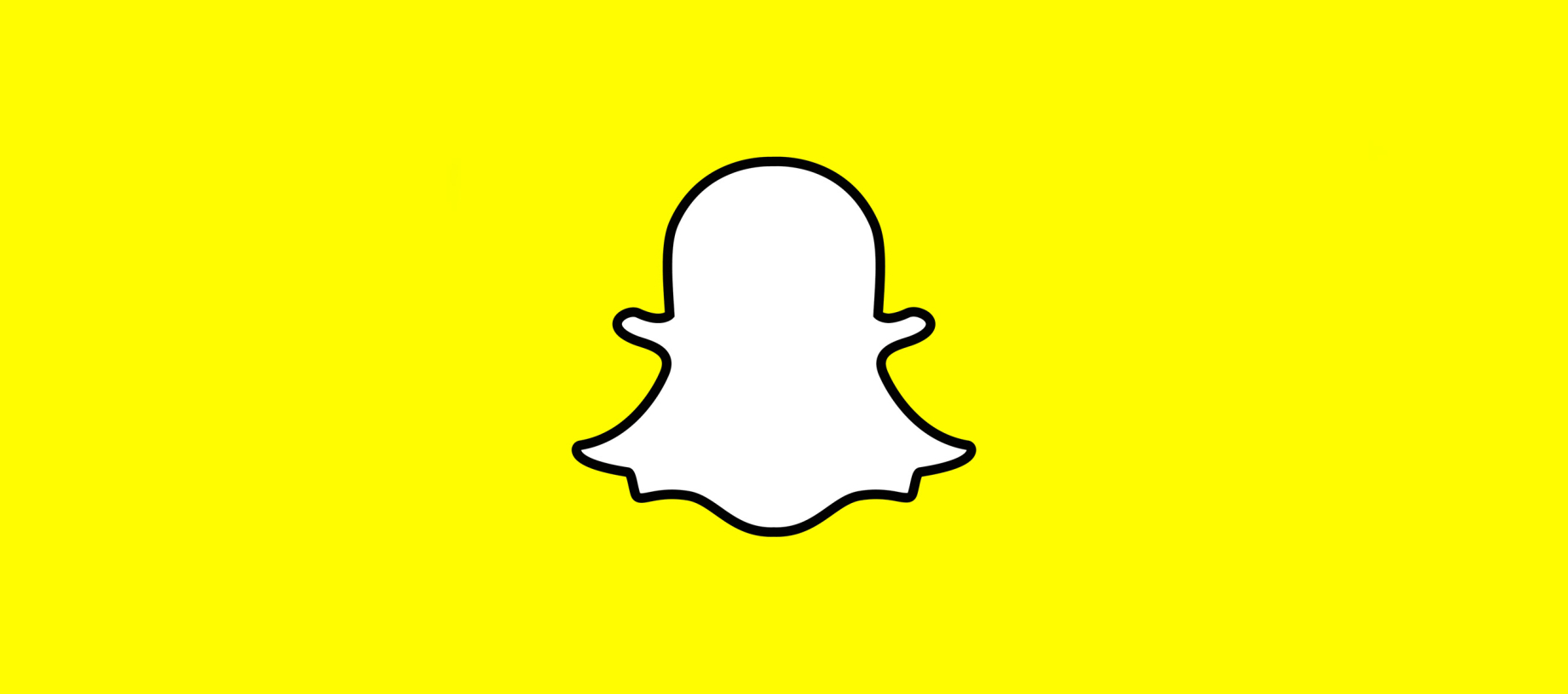The little ghost will not be ignored.
Snapchat, a social media outsider for much of its four-year life, has suddenly morphed into a major driver of traffic for brands. Making waves recently was Buzzfeed’s revelation that Snapchat makes up 21 percent of its overall traffic, more than three times what it generates from Facebook (six percent).
In the meantime, Snapchat has raised its value to nearly $16 billion, cleaned up in funding rounds and CEO Evan Spiegel is quickly becoming a household name.
But does your startup NEED out to create a Snapchat account. The short answer? Most likely.
Starting any social media account just because it’s popular with your target demographic, however, qualifies as poor strategy. Snapchat is a nuanced platform and therefore demands creativity; it’s not just a place to push out links, photos and listicles. The learning curve is admittedly steep, which is why creative agencies like Huge, BBO and Havas sent their employees to Snapchat school.
The benefit for brands: a platform tailor-made for behind-the-scenes narrative storytelling, without algorithms deciding what’s seen and what’s not. And with Facebook’s user base is now graying (average age 40), the majority Snapchat’s 200-million users fit smack into the coveted Generation Y category.
I’ll admit, I previously had mixed feelings about Snapchat. Those of us at RCKT. in our late 20s and early 30s started to feel, well, old. The overly simplistic and unintuitive UI has driven even the savviest of digital natives to a maddening state of confusion.
 But while Snapchat is nowhere near as prevalent in Germany as in the US and Canada, nevertheless we’re already seeing a host of local companies here shake up their social strategies to include Snapchat. The German rental car company Sixt is one example of a local brand that has recently integrated Snapchat, but in the USA it’s hard to find a major brand, be it McDonalds or Procter & Gamble, that doesn’t have a presence there. But it’s not just brands participating. Snapchat’s Discover feature allows for media companies to add content, which at the same time gives users the freedom to pick-and-choose what sources they use to stay informed.
But while Snapchat is nowhere near as prevalent in Germany as in the US and Canada, nevertheless we’re already seeing a host of local companies here shake up their social strategies to include Snapchat. The German rental car company Sixt is one example of a local brand that has recently integrated Snapchat, but in the USA it’s hard to find a major brand, be it McDonalds or Procter & Gamble, that doesn’t have a presence there. But it’s not just brands participating. Snapchat’s Discover feature allows for media companies to add content, which at the same time gives users the freedom to pick-and-choose what sources they use to stay informed.
That Snapchat has transitioned from a vanishing messaging tool to a storytelling platform offers a lot of potential for brands. Snapchat is also betting on native advertising, aimed at offering companies a more natural way to message within the service. Spiegel talked last June about the app’s growth in this regard at Cannes Lions, noting that his company focuses on a 3V approach when pitching clients: verticals, video and views.
Our advice: embrace the little ghost, work Snapchat into your editorial calendars and start producing some stories.
P.S. Be on the lookout for our RCKT. Snapchat channel – coming soon.
